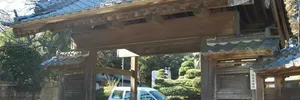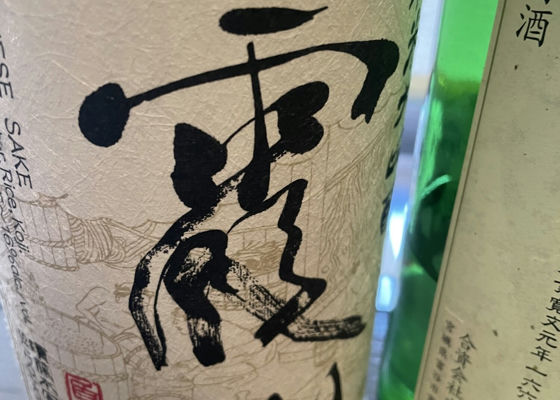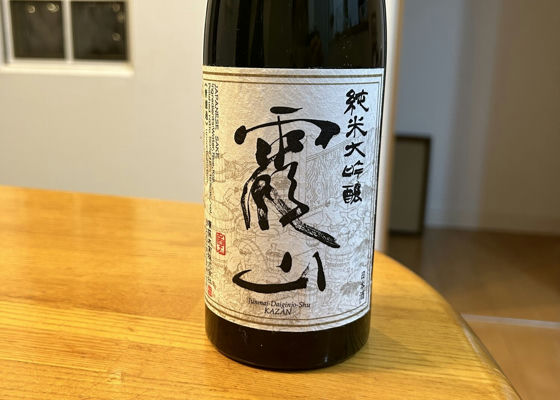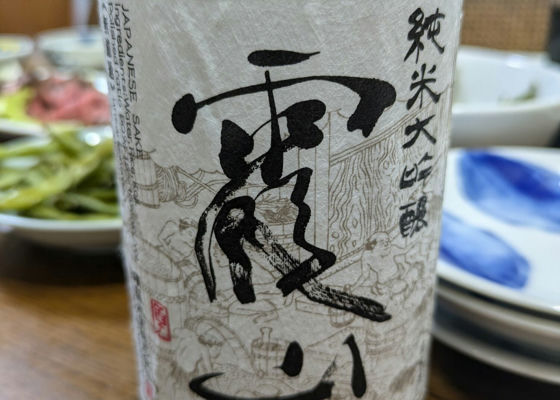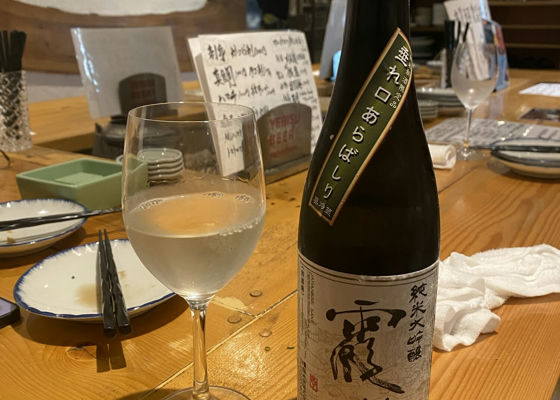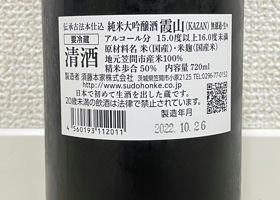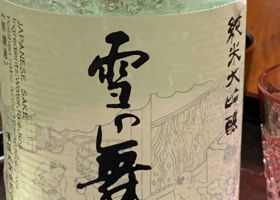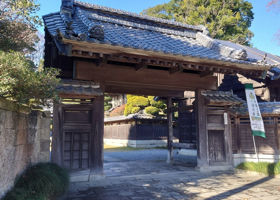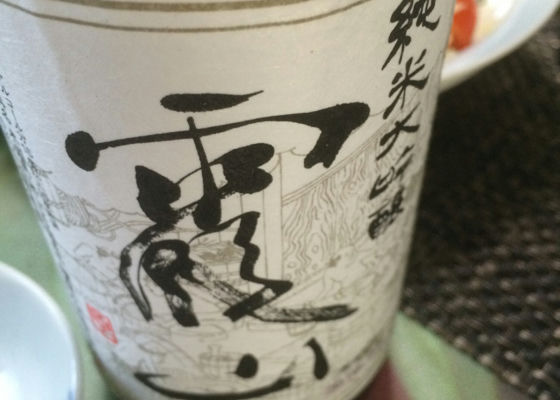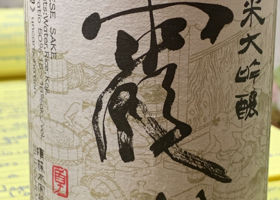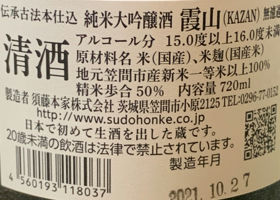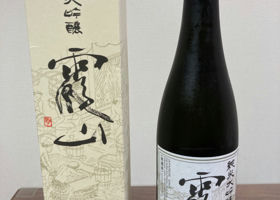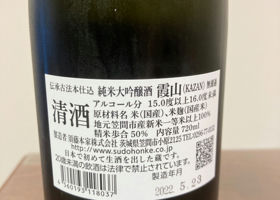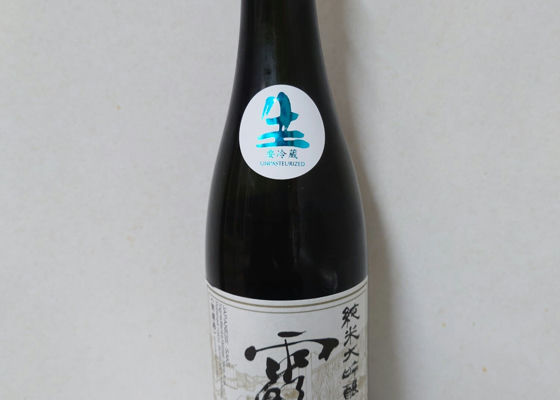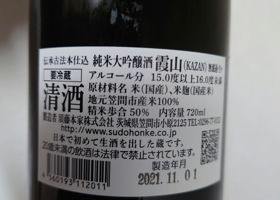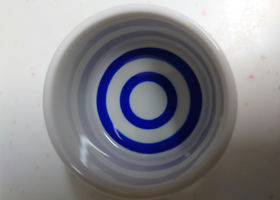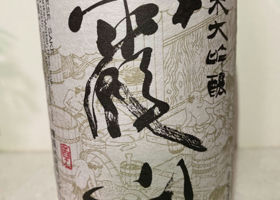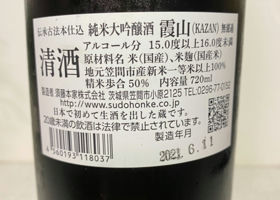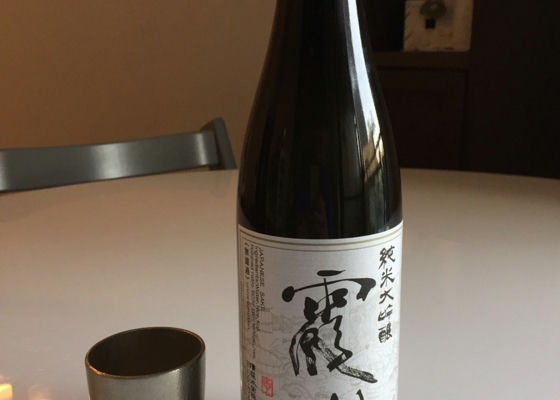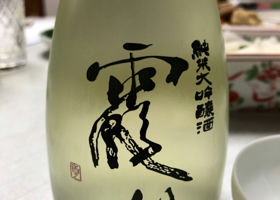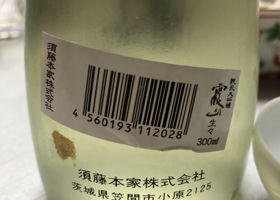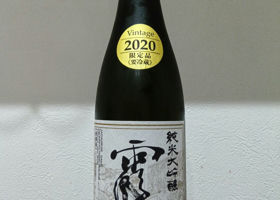

moto
Here is a gift. I have had Kasumiyama before, but this is my first time to try aged sake.
The aroma is mild but a little fruity. The aroma is mild, but a little fruity, and you can also taste the ripened aroma.
The mouthfeel is very soft. The aroma was sweet, but the sweetness on the palate was not fruity, but rather the sweetness of the rice. There is a little bit of heat in the back of the throat, but only a little. It is a good accent.
Above all, it is full of umami, as if it were an aged sake!
But it is not unpleasant, but rather warming. Even though it is drunk chilled, it is like eating freshly cooked rice.
I love sake with a strong umami flavor. I have rarely had aged sake, but I now recognize that this is my favorite genre.
9
Japanese>English
